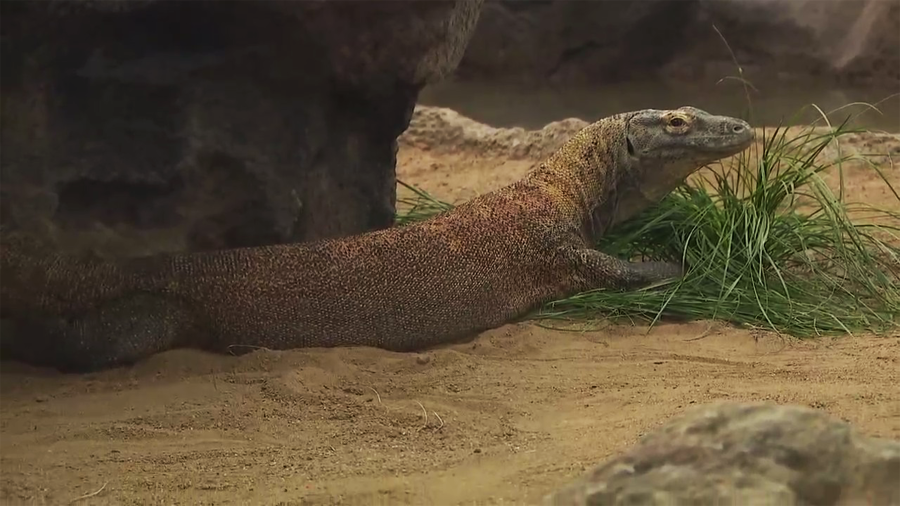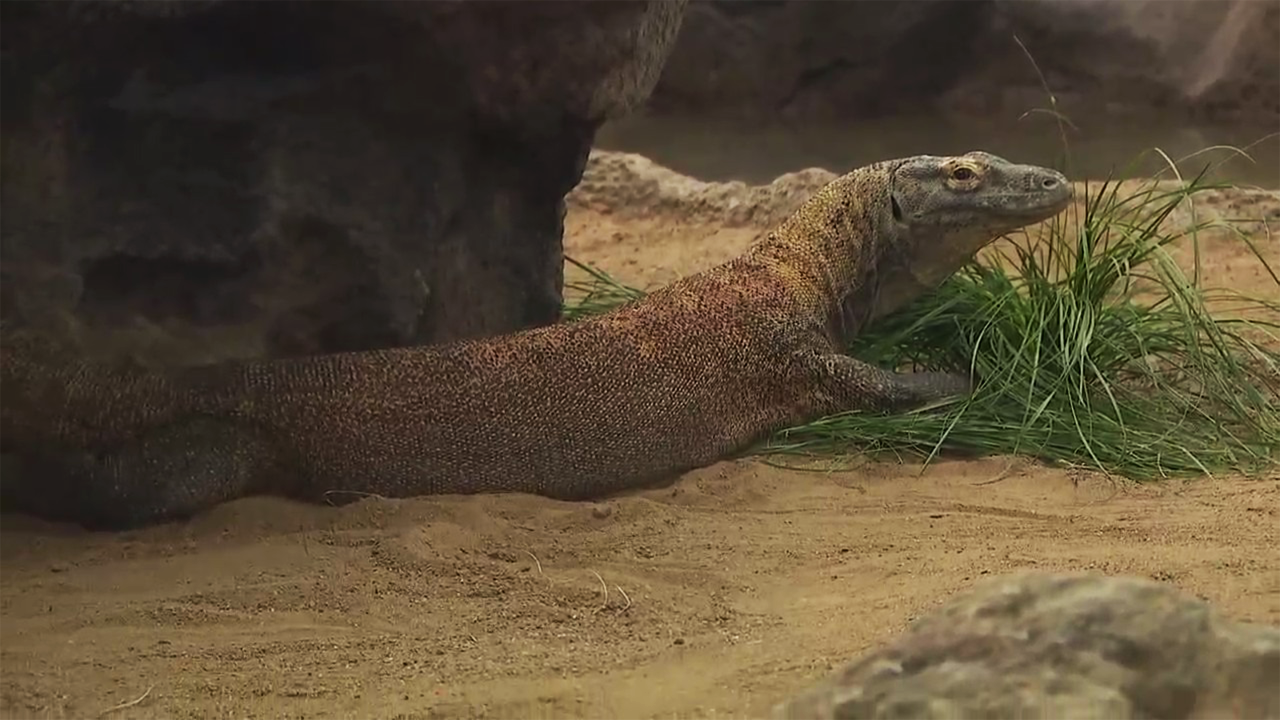
SAN DIEGO (CNS) — The San Diego Zoo will unveil two new habitats Tuesday — the Kenneth C. Griffin Komodo Kingdom and the William E. Cole Family Hummingbird Habitat — which will replace previous habitats with state-of-the- art spaces where guests can interact with some of the most powerful and delicate species on earth.
“We are thrilled to offer our guests the chance to connect with wildlife in new and exciting ways,” said Dwight Scott, executive director of the San Diego Zoo. “Both of these new destinations continue our long history of creating groundbreaking habitats that are vital in building public empathy for wildlife, telling our conservation story and enlisting help to save wildlife, here at home and abroad.”
Komodo Kingdom will offer visitors the chance to see Komodo dragons, which are giant lizards, and learn more about the species, the challenges they face and the work San Diego Zoo Wildlife Alliance is doing to the save their species and the delicate ecosystems they call home.
As guests navigate through Komodo Kingdom, they can explore various environments from Komodo Island in Indonesia, including beach, woodland and mountain highland areas. This experience includes pools, misters, hot rocks and heated caves — all designed to recreate the dragons’ native habitat.
Conservationists have estimated that the current Komodo dragon population in Indonesia has declined due to habitat loss, increased tourism and illegal poaching. The species is classified as vulnerable to extinction on the International Union for Conservation of Nature’s Red List of Threatened Species.
As part of San Diego Zoo Wildlife Alliance’s conservation focus on wildlife within Asian rainforests, the organization works to understand the population biology of komodo dragons, including studying births, deaths, survival rates and growth patterns.
The adjacent infinity-loop-shaped Hummingbird Habitat will offer flight opportunities to several species of hummingbirds as well as other rare birds from their native regions in North and South America. This immersive walk- through experience also features streams, cascading water, orchids and other plants reflecting the diversity and beauty of the birds’ native regions — as well as a open-water pool that guests can view from an observation bridge along the pathway.
San Diego Zoo architects have incorporated sustainable materials as an integral part of Komodo Kingdom and Hummingbird Habitat design. Both habitats include wall and/or roof panels made up of ethylene tetrafluoroethylene, a fluorine-based plastic that is created to be more resistant to corrosion.
The system is 100% recyclable, and consists of a series of custom- sized Teflon multilayered “air pillows” — which, when filled with air, provide solar insulation and reduce the need for artificial lighting.
“As a conservation organization, we believe that incorporating sustainable design criteria into our projects is central to our philosophy, and reminds all of us that conservation begins at home,” said Vanessa Nevers, associate architect for the San Diego Zoo.
“This design intent embraces our mission by simultaneously integrating the conservation of energy, water and other resources, which ultimately provides a healthier environment for staff, guests and wildlife.”
The spring openings of Komodo Kingdom and Hummingbird Habitat will lead the way for the coming debut of a completely new Children’s Zoo, replacing the original that opened in 1957. The new 3.2-acre Sanford Children’s Zoo is set to open to guests later this year.
The area will include four different themed habitat zones — Desert Dunes, Wild Woods, Marsh Meadows and Rainforest — featuring plants and animals adapted to the climatic conditions within each ecosystem.
Copyright 2021, City News Service, Inc.

